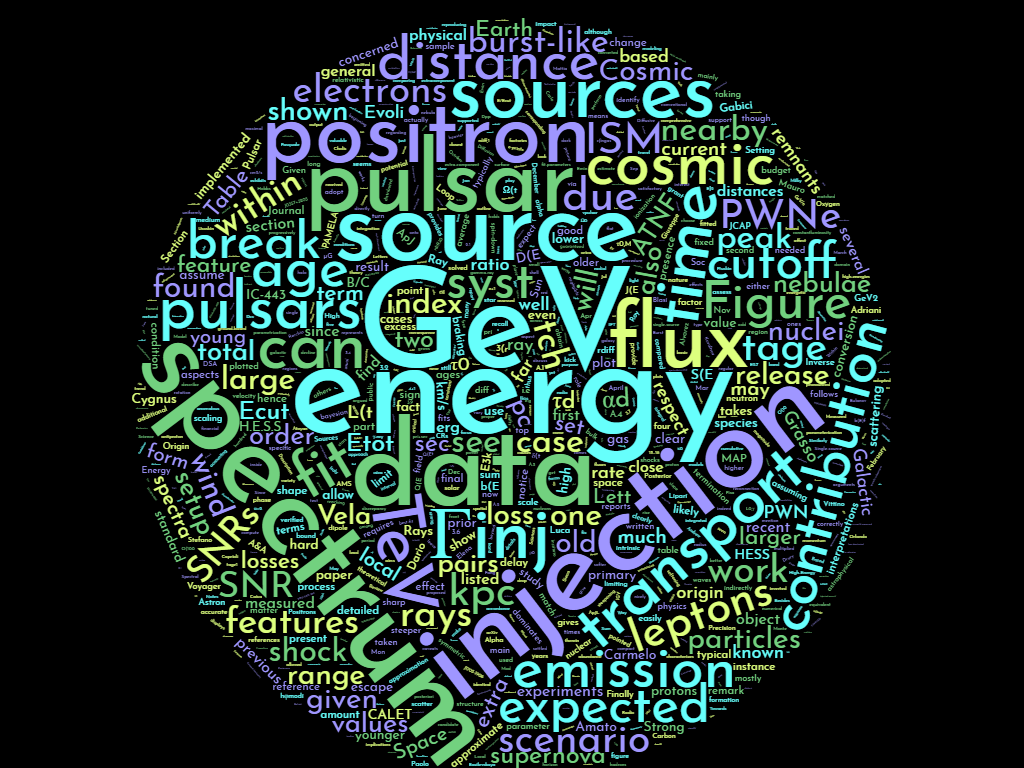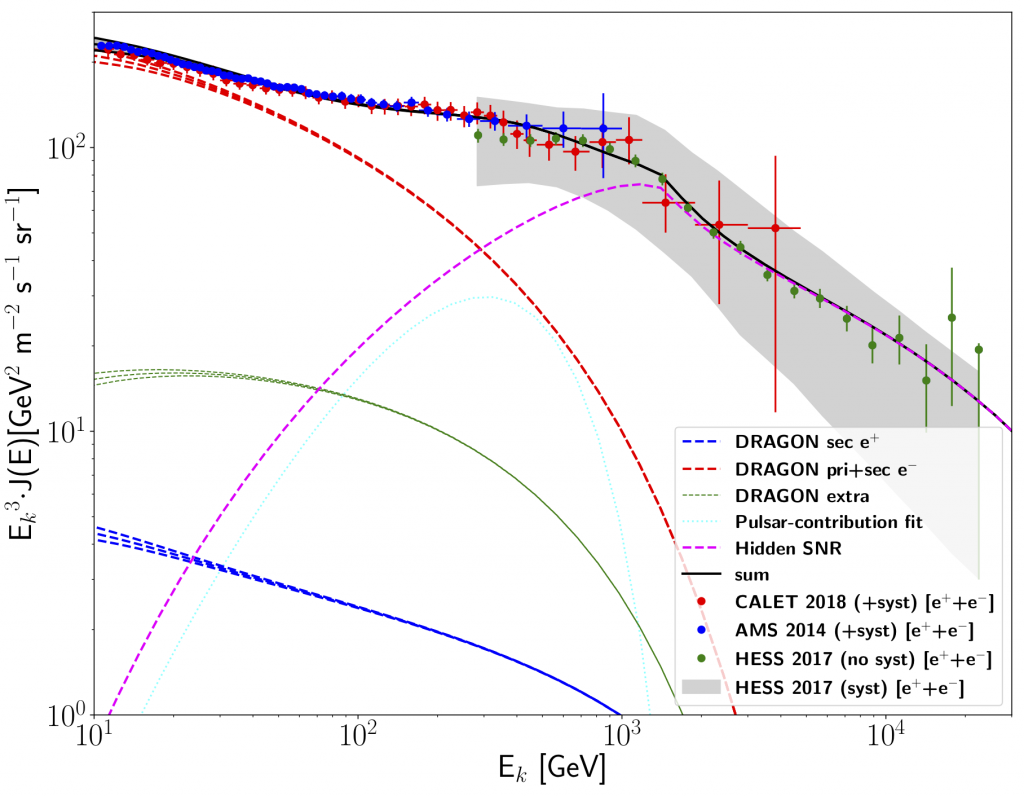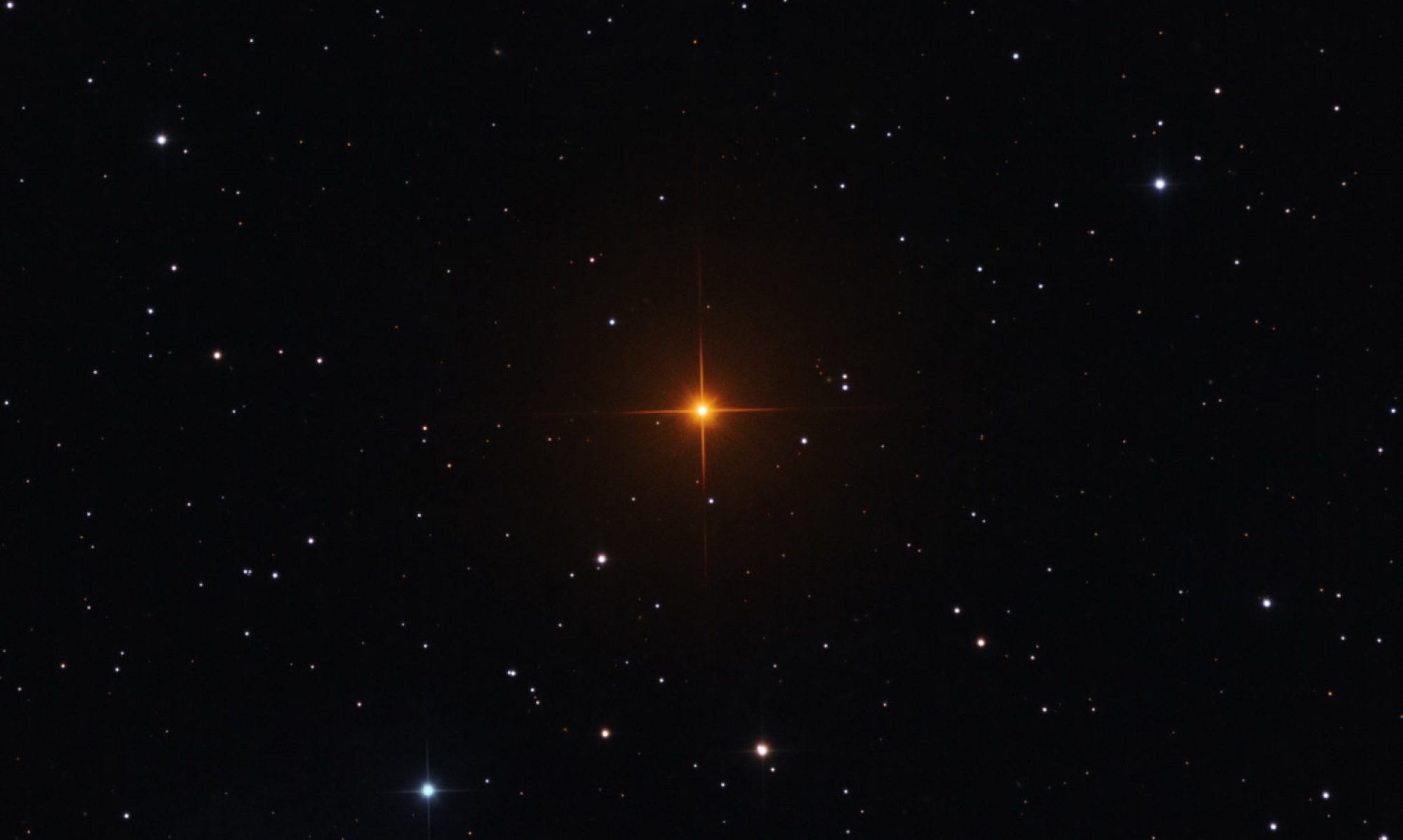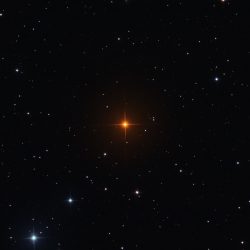[Ottavio Fornieri, Daniele Gaggero, Dario Grasso]

Written by Ottavio Fornieri.
Summary of the paper with the same title recently submitted to the journal.
arXiv: 1907.03696
The origin and transport properties of leptonic cosmic rays (CRs) have intrigued scientists for decades. Their propagation in the Galaxy is characterized not only by diffusion, but also by strong energy losses. Given the E^2 scaling of this loss rate, the effective horizon associated to CR leptons progressively shrinks as energy increases, hence the stochastic nature of the sources is expected to emerge. On the other hand, CR protons and nuclei can originate from a much larger galactic volume and give fundamental information on the propagation details. The experimental effort in measuring CR spectra (and in particular their spectral features) has lately reached an unprecedented precision, offering valuable clues on the source ages/positions as well as on the details of the transport.
The standard propagation model that considers positrons as of secondary origin exclusively is in contrast with well-established experimental observations (PAMELA and AMS Collaborations): The data clearly show a positron excess above ~ 40 GeV, and an even larger excess in the electron flux. In this context, the main challenge is to remove this tension within a unified picture that includes all the available observables.
To this aim, we first perform a multi-channel fit of the available data on CR protons and nuclei, by solving the transport equation with the DRAGON numerical code, to set the relevant propagation parameters: we find a set of values compatible with single-observable dedicated analyses.
With this transport setup at hand, we invoke the pulsar explanation to reproduce the positron flux, propagating particles coming from several sources (with a burst-like or constant-luminosity injection, and broken power law energy spectrum), possibly injected by one of the two closest observed pulsars, Geminga and Monogem. We find that each of these possibilities is able to fit the data, not allowing to pinpoint the dominating antimatter source.
Nevertheless, the key point to keep in mind is that pulsars are pair e+/e- factories. Therefore, since positrons are ~O(10) less than electrons, other additional source(s) of e- only are needed. Hence, we consider nearby observed SNRs, fitting their contribution to the e+ + e- spectrum measured by the H.E.S.S. Collaboration up to ~ 20 TeV: we find that, under certain assumptions, those known sources are not able to reproduce the spectral feature at ~ 1 TeV. In order to get a good fit of that part of the spectrum as well, we invoke the contribution from an old SNR t_age ~ 1e5 yr that, having reached its final radiative phase, is no longer visible with a multi-wavelength analysis. The properties of this hidden sources are characterized by our fitting procedure, and possible future strategies for its identification are discussed.


